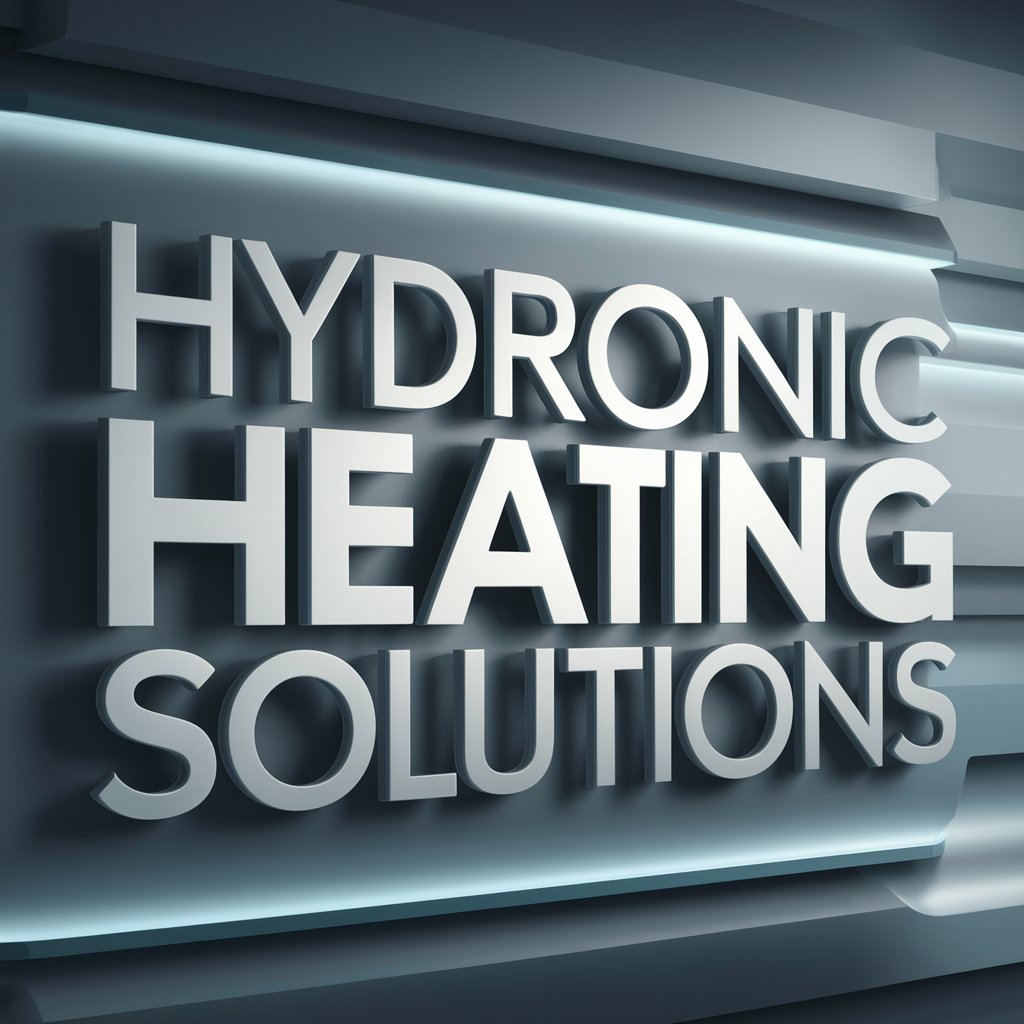Hydronic heating systems, also known as radiant heating systems, offer a highly efficient and cost-effective method for heating residential and commercial spaces. This system utilizes water or another liquid heated by a boiler and circulated through pipes installed beneath the floor, along baseboard heaters, or through radiators to heat a space. The benefits of hydronic heating stem from its efficiency, comfort, and the potential for significant cost savings over time.
Energy Efficiency of Hydronic Heating
Hydronic heating systems are renowned for their energy efficiency compared to traditional forced-air systems. One of the primary reasons for this efficiency is the method of heat transfer. Water is a much better medium for transporting heat than air; it retains heat longer and distributes it more evenly. In a hydronic system, once the desired temperature is reached, the boiler can shut down, but the water continues to emit heat, reducing the frequency of boiler activation and thus saving energy.
Moreover, hydronic systems minimize heat loss that is often seen with ductwork in forced-air systems. With forced-air systems, heat can be lost as air travels through the ducts from the furnace to the room, especially if the ducts pass through unheated spaces. In contrast, hydronic systems deliver heat directly to the floor or radiator in each room, minimizing any loss of heat and maximizing efficiency.
Zone Control and Lower Heating Costs
Hydronic systems from companies like Rosetta Group excel in their ability to control temperatures in different zones throughout a home or building. Each zone can have its own thermostat, allowing for precise control of heating and enabling homeowners to heat only the areas that are in use. For instance, unoccupied rooms can be set to a lower temperature, saving significant amounts of energy and reducing heating bills. This precise control is not only convenient but also cost-effective, as it avoids the unnecessary heating of unused spaces.
Longevity and Maintenance Savings
Hydronic heating systems also typically have a longer lifespan than forced-air systems. Boilers can last up to 25 years or more with proper maintenance, compared to the 15-20-year lifespan of most furnaces. Additionally, since there are no filters to change or ducts to clean, maintenance requirements are generally lower, contributing to long-term savings on upkeep.
Hydronic systems, by not circulating air, minimize the spread of dust and allergens, thereby improving indoor air quality. This can result in healthier living environments and may reduce healthcare expenses associated with respiratory issues.
Installation Costs and Considerations
While the initial installation cost of a hydronic heating system can be higher than that of a traditional heating system, the long-term savings from reduced energy bills and lower maintenance costs can offset the initial investment. For new construction projects, integrating a hydronic system is straightforward. However, retrofitting a hydronic system in an existing building can be more challenging and costly, especially if the structure lacks the necessary space for pipes and a boiler.
Environmental Impact and Future Savings
Hydronic heating systems deliver both economic and ecological benefits. By enhancing energy efficiency and minimizing waste, these systems contribute to reduced carbon emissions from home heating. Furthermore, as technology advances and integrates with renewable energy sources such as solar or geothermal, hydronic heating can become even more sustainable and economically viable.
In summary, although the initial expenses of setting up a hydronic heating system can be considerable, the benefits of enhanced energy efficiency, zonal control, lower maintenance, and durability lead to significant cost reductions in the long run. These systems offer a reliable, comfortable, and environmentally friendly heating option that is fast becoming the favored choice for energy-aware homeowners and businesses.






